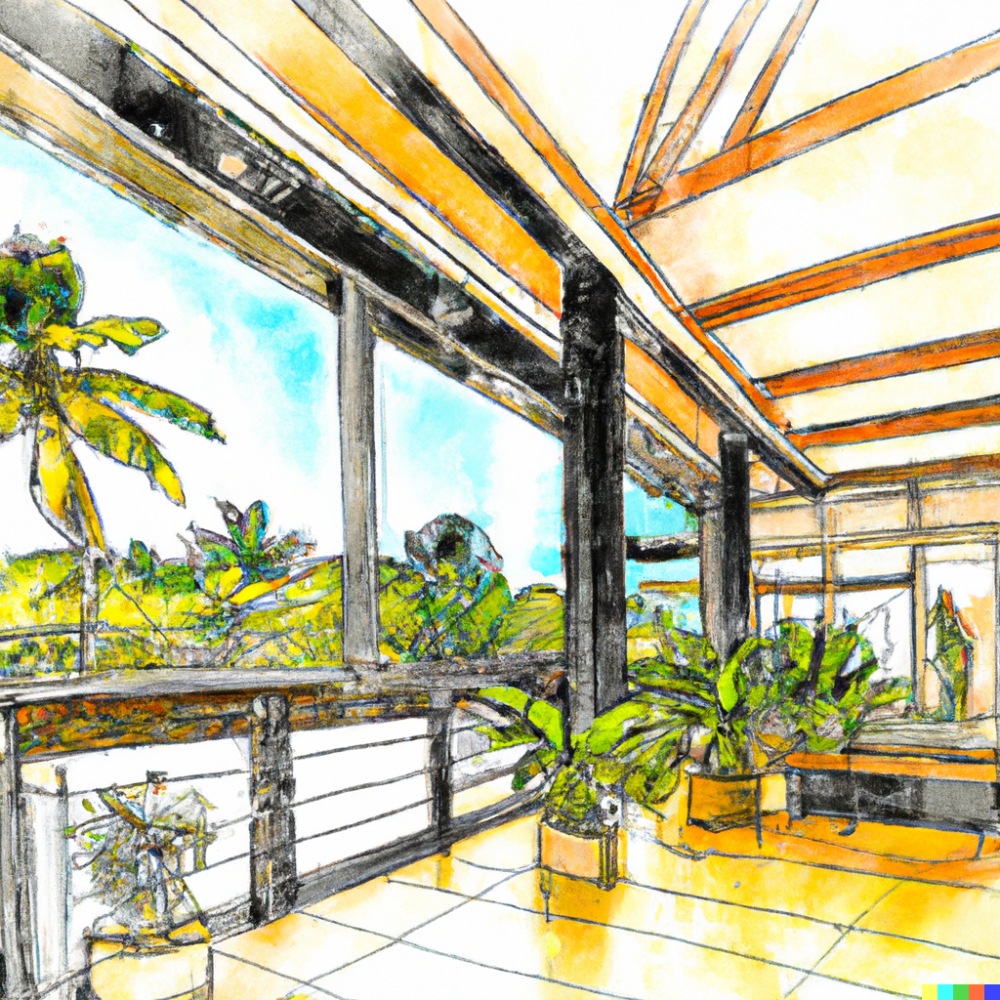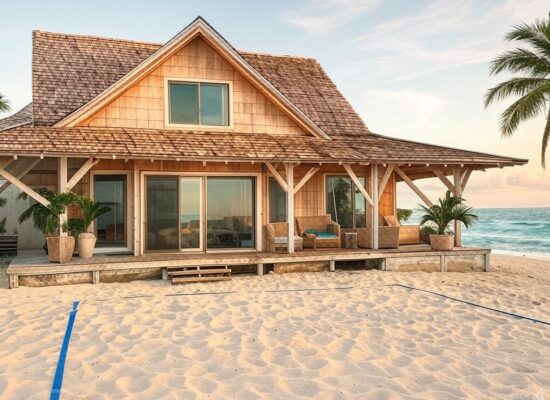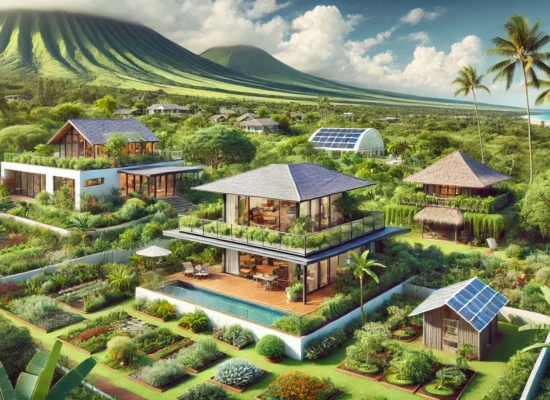Are you designing a building in Hawaii? It’s essential to consider the climate! Here are some tips and best practices for Designing for the Hawaiian Climate.
When it comes to designing buildings in Hawaii, there are several important factors to consider, but none more important than the climate. Hawaii’s climate is warm and humid, with temperatures ranging from the mid-70s to mid-80s throughout the year. It’s also prone to heavy rains, high humidity, and strong winds. These environmental conditions can have a significant impact on the structural integrity of buildings, as well as the comfort of those inside. Therefore, it’s important to design buildings that can withstand the climate while also providing a comfortable environment for occupants. Here are some tips and best practices for designing for the Hawaiian climate.
Consider the Building Site
When designing a building in Hawaii, it’s important to consider the site’s location and its exposure to the elements. For instance, buildings located near the coast will be subject to salt spray and corrosive winds, which can cause damage to exterior materials. On the other hand, buildings located inland may be subject to heavy rains and flooding. Therefore, it’s important to select building materials that can withstand the elements and to design the building to be resistant to water and wind damage.
Maximize Ventilation
Hawaii’s warm and humid climate can make it challenging to keep buildings cool and comfortable. However, there are several ways to maximize ventilation and improve indoor air quality. One effective strategy is to design buildings with large windows and doors that can be opened to let in fresh air. Additionally, incorporating shading devices such as awnings, overhangs, and trellises can help block direct sunlight and reduce heat gain. Finally, installing ceiling fans and ventilation systems can help circulate air and keep occupants comfortable.
Use Sustainable Materials
When designing buildings in Hawaii, it’s important to consider the use of sustainable materials. Sustainable materials are those that are environmentally friendly and can be sourced and produced in an eco-friendly manner. Some examples of sustainable materials include bamboo, recycled steel, and reclaimed wood. Using sustainable materials not only helps to reduce the impact on the environment but also creates a healthier living environment for occupants.
Design for Natural Disasters
Hawaii is prone to natural disasters such as hurricanes, earthquakes, and volcanic eruptions. Therefore, when designing buildings in Hawaii, it’s important to consider the potential impact of natural disasters. For instance, incorporating earthquake-resistant features such as reinforced masonry walls and steel framing can help prevent structural damage during earthquakes. Additionally, designing buildings with proper drainage systems can help prevent flooding during heavy rains.
Incorporate Passive Solar Design
Passive solar design is a strategy that utilizes the natural energy of the sun to heat and cool buildings. In Hawaii, where temperatures can be warm and humid, passive solar design can be an effective strategy to keep buildings cool and comfortable. For instance, designing buildings with large windows and overhangs can help block direct sunlight and reduce heat gain. Additionally, incorporating thermal mass materials such as concrete, brick, or tile can help absorb and store heat during the day and release it at night.
Conclusion
Designing for the Hawaiian climate requires a careful consideration of the environmental conditions and the potential impact they can have on buildings and occupants. Incorporating strategies such as maximizing ventilation, using sustainable materials, designing for natural disasters, and incorporating passive solar design can help create buildings that are not only comfortable and healthy for occupants but also resilient and sustainable for the environment. By following these tips and best practices, designers and architects can create buildings that are not only functional and beautiful but also capable of withstanding the unique challenges of the Hawaiian climate.
 Copyright secured by Digiprove
Copyright secured by Digiprove 


